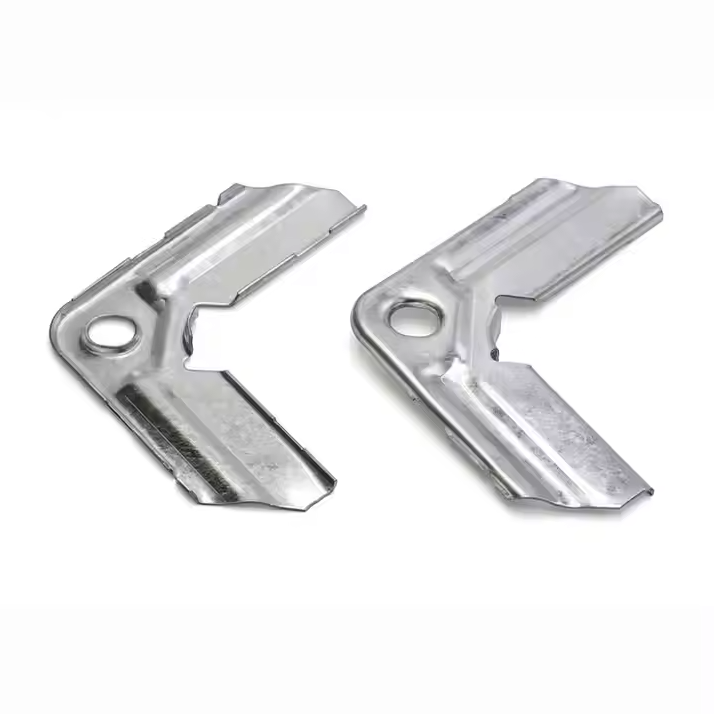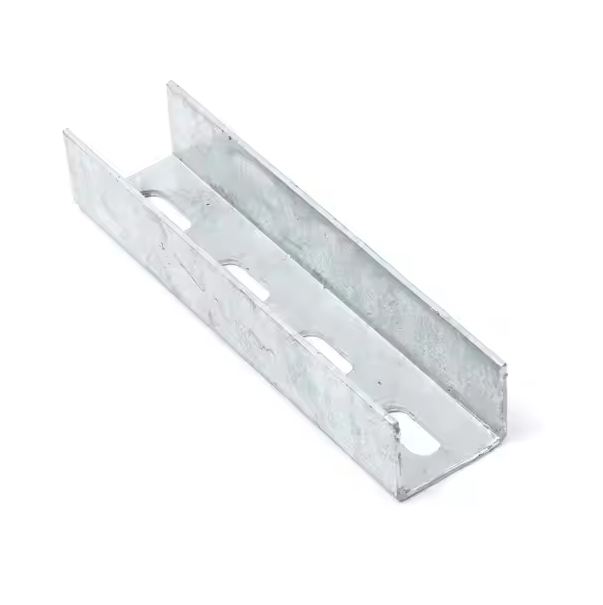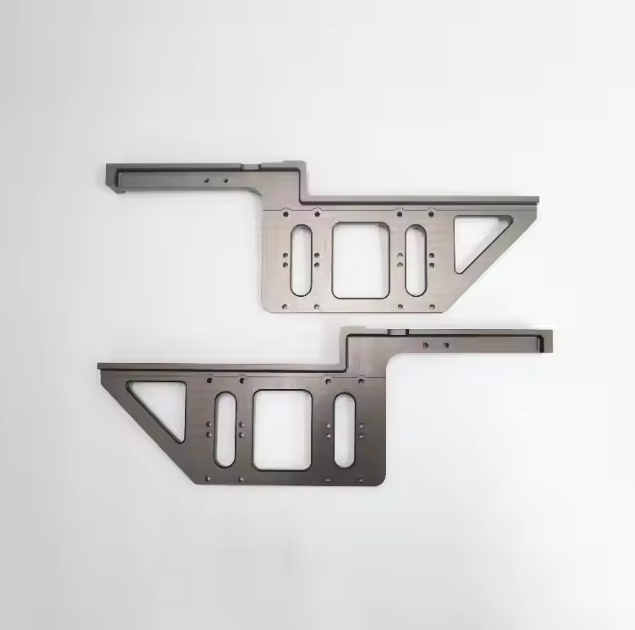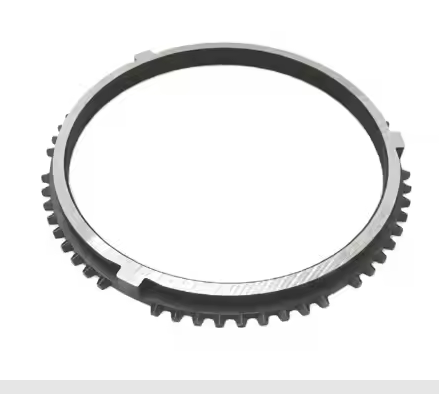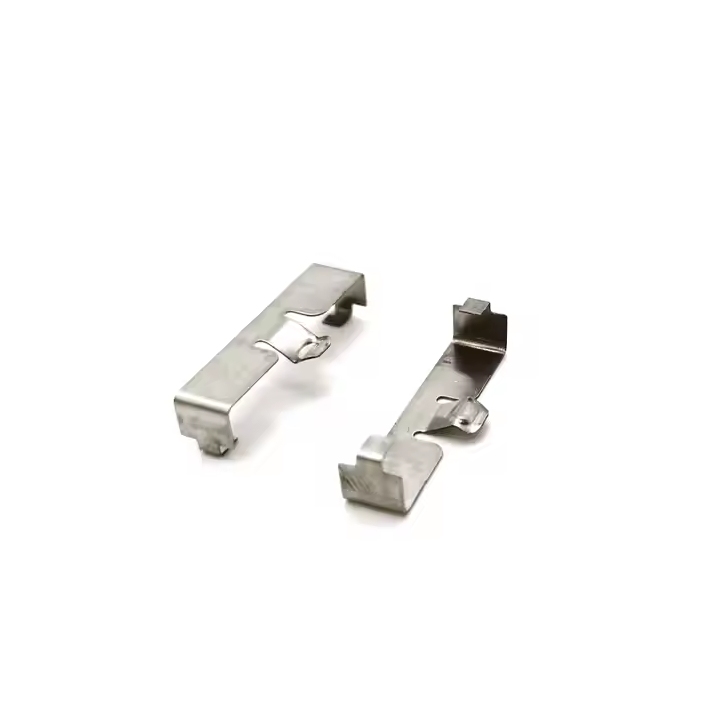Since their introduction, rivets have been widely used as a cost-effective and durable fastening method. Even today, rivets are still the first choice for permanent assembly applications. Rivets are particularly capable of withstanding shear loads, but can also withstand tensile loads.
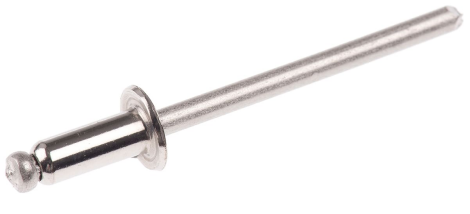
Definition of rivets
A rivet is a fastener that mechanically connects two or more parts together. There are many types of rivets, each with unique characteristics and uses, depending on the structure, function and application requirements.
Common rivet types and features
olid rivets
Features:
Made of a single metal, simple structure, permanent deformation is required at both ends during installation.
High strength and durability, suitable for connections with high loads.
Uses:
Aerospace: used for aircraft skin and frame connections.
Bridges and ships: connecting steel structures or heavy materials.
Hollow rivets (semi-hollow rivets)
Features:
The rivet core is hollow or semi-hollow, easy to shape, and reduces weight.
The force required for deformation during installation is small, suitable for the connection of softer or thinner materials.
Uses:
Household appliances: such as lamps and brackets.
Automotive industry: light connection parts (such as decorative parts).
Pull rivets (blind rivets)
Features:
It consists of a rivet body and a rivet core, and the connection is completed by pulling the rivet core.
It can be operated on one side, suitable for working conditions where the back cannot be touched.
Uses:
Construction industry: such as metal curtain walls and window frames.
Electronic equipment: used for chassis and cabinet assembly.
Explosive rivets
Features:
The rivet head splits into petals during installation, thereby increasing the locking area.
Suitable for soft materials such as plastics and fiberglass.
Applications:
Plastic products: such as plastic shell fixation.
Furniture industry: connection of thin plate materials.
Blind core locking rivets
Features:
The rivet core is locked in the rivet body during installation, providing higher shockproof and anti-loosening performance.
Applications:
Automotive industry: such as chassis and seat structural parts connection.
Engineering machinery: structural parts that require high-strength connection.
Double drum rivets
Features:
The rivet tail forms a double drum shape after installation, which increases the contact area and is suitable for brittle materials.
Applications:
Electronic industry: such as circuit board fixation.
Industrial equipment: connection of ceramic or glass materials.
Snap-on rivets
Features:
Quick assembly is achieved through elastic snaps, and can be installed or removed without tools.
Applications:
Automotive decorative parts: such as interior panel fixation.
Consumer electronics: such as shell splicing.
Energy-saving rivets (self-piercing rivets)
Features:
No drilling is required, and the connection is formed by direct punching; environmentally friendly and energy-saving, suitable for automated assembly.
Application:
Automobile lightweighting: such as aluminum alloy body panel connection.
Metal furniture: efficient and automated assembly and production.
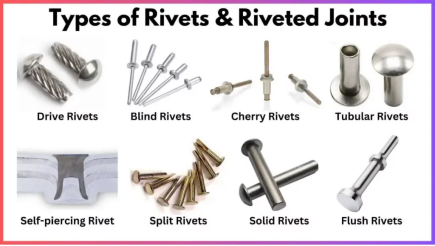
Rivet material selection
Aluminum rivets: light weight, corrosion resistance, easy to process.
Steel rivets: high strength, impact resistance, low price.
Stainless steel rivets: strong corrosion resistance, suitable for harsh environments.
Copper rivets: good conductivity, high wear resistance.
Plastic rivets: light weight, non-conductive, suitable for low-load applications.
Notes on rivet installation
Choose the appropriate type and material: Choose the appropriate rivet type and material according to the load requirements, material properties and environmental conditions.
Ensure aperture matching: The aperture and rivet diameter must match well, otherwise it will cause looseness or loose connection.
Pay attention to the use of installation tools: Different rivets require special tools (such as rivet guns, stamping equipment) to be installed correctly.
Prevent material deformation: When installing on thin plates or soft materials, use gaskets or reinforcement plates to prevent material deformation.
Control installation force: Excessive installation force may damage rivets or connectors, and torque tools are required to control the installation process.
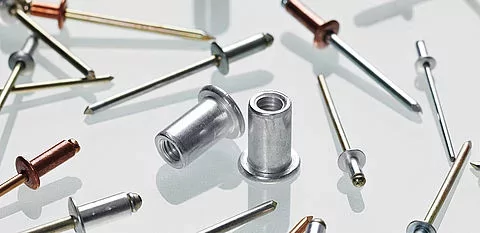
Future development trend of rivets
Lightweight: Develop new rivets suitable for lightweight materials (such as aluminum alloys and composite materials) to support lightweight needs in the automotive and aviation fields.
Automation: Promote automated assembly processes to improve production efficiency and connection quality.
Versatility: Combine shockproof and anti-corrosion properties to design composite rivets suitable for special working conditions.
Environmentally friendly materials: Use recyclable or environmentally friendly materials to meet green manufacturing needs.
Rivets have universal appeal as key connectors that align components in a structure. From solid rivets to blind rivets, each type offers a versatile, cost-effective solution. The riveting process highlights meticulous attention to detail at every step, from hole preparation to joint formation.
Rivets are timeless, adaptable elements that are used throughout manufacturing processes and applications. The riveting process can be complex, especially when producing high-quality custom metal rivets. Xuanmin is committed to quality and cost-effectiveness, ensuring customer satisfaction through its expertise and reliable service. Contact us! Let's get to work!
